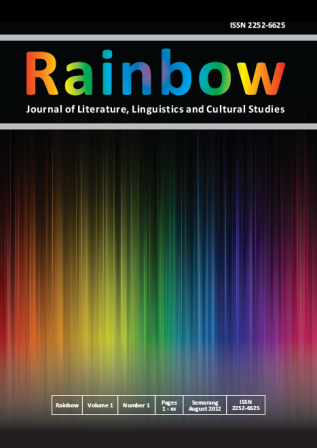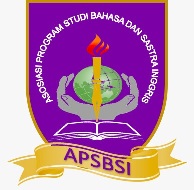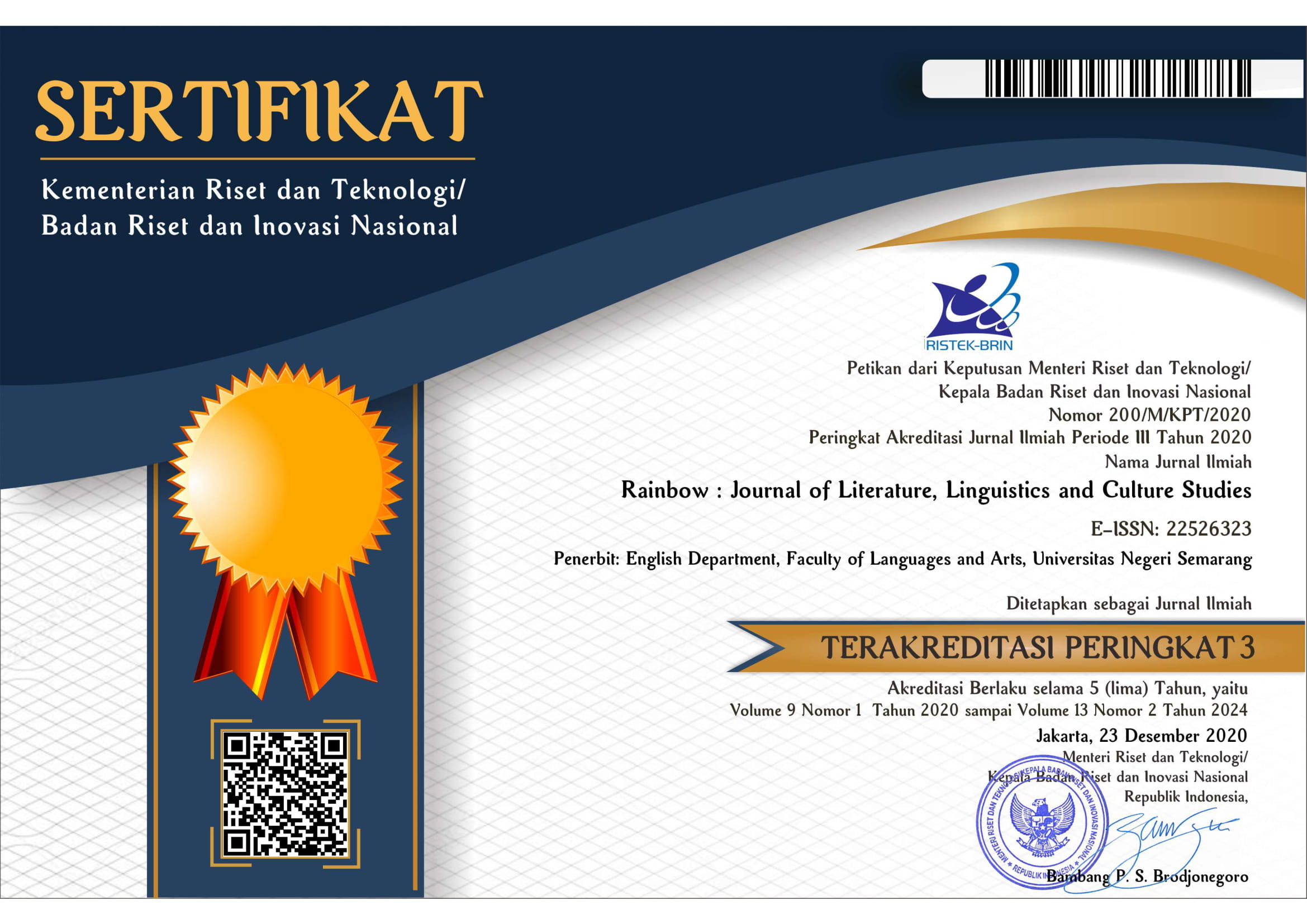CONCEPT OF LEADERSHIP IN PRAMOEDYA ANANTA TOER’S THE KING, THE WITCH, AND THE PRIEST
Abstract
This journal is entitled Concept of Leadership in Pramoedya Anantoer’s The King, The Witch, and The Priest. In this study, I emphasized discussion on the leadership concept and its effects to the people in this narration.
This study discusses three problems; they are (1) how is the leaders depicted in this novel? (2) What is the leadership concept depicted in this novel? (3) What are the effects of the leadership concept applied to the people’s betterment in this novel? I used Pramoedya Ananta Toer’s novel entitled The King, The Witch, and The Priest as the primary data and some references from books and websites dealing with leadership concept as the secondary data.
The data were gained by reading closely the novel, then identifying data from the novel, inventorying the data, classifying the data, selecting the data, building up the main topic of the narration that in leadership, and reporting the data. The analysis of this study used new criticism approach in order to find, identify and analyze the data from the novel.
In addition, sociology approach was also used to support the analyses and answer the statements of the problem. From the data analysis I concluded that (1) the main characters had sense of leadership which was built up by the environment (2) there are six points of leadership concept which is depicted in this novel; they are the characterization of a leader, ideal relationship between formal and informal leaders, focus on leadership, problem solving, delegation, and transformational leadership (3) there are some improvements for the people because of the application of leadership concept by the leaders in the novel.
In general, this study is expected to be useful for the readers who would analyze a literary work. I expected that this analysis could give new horizon to the readers about how to analyze a literary work according to the people’s attitudes and condition which are sometimes raised by an author.
References
Davidson, Nicholas. 2009. Louis Gabriel Ambroise, Vicomte de Bonald. Luxemburg: Euro-Synergies.
Finzel, Hans. 2002. Empowered Leader. New York: Paperback.
Giddens, Anthony. 2011. The Constitution of Society. Yogyakarta: Penerbit Pedati.
Kartono, Kartini. 2011. Pemimpin dan Kepemimpinan: Apakah Kepemimpinan Abnormal
Itu?. Jakarta: PT Raja Grafindo Persada.
Maxwell. John C. 2010. The 21 Indispensable Qualities of a Leader. Surabaya: MIC
Publishing.
Poniman, Farid, Azaini Jammil, and Indrawan Nugroho. 2009. Kubik Leadership. Jakarta:
PT Gramedia.
Putra, I Nyoman Darma. 2011. A Literary Mirror: Balinese Reflections in Modernity and
Identity in the Twentieth Century. Leiden: KITLV Press.
Ryan, Michael. 2011. Teori Sastra. Yogyakarta: Jalasutra.
Sashkin, Marshall and Molly G. Sashkin. 2011. Prinsip-Prinsip Kepemimpinan. Jakarta:
Penerbit Erlangga
Sulistiyani, Ambar Teguh. 2008. Kepemimpinan Profesional: Pendekatan Leadership
Games. Yogyakarta: Penerbit Gaya Media.
Tobroni. 2010. Spiritual Leadership. Malang: UMM Press.







